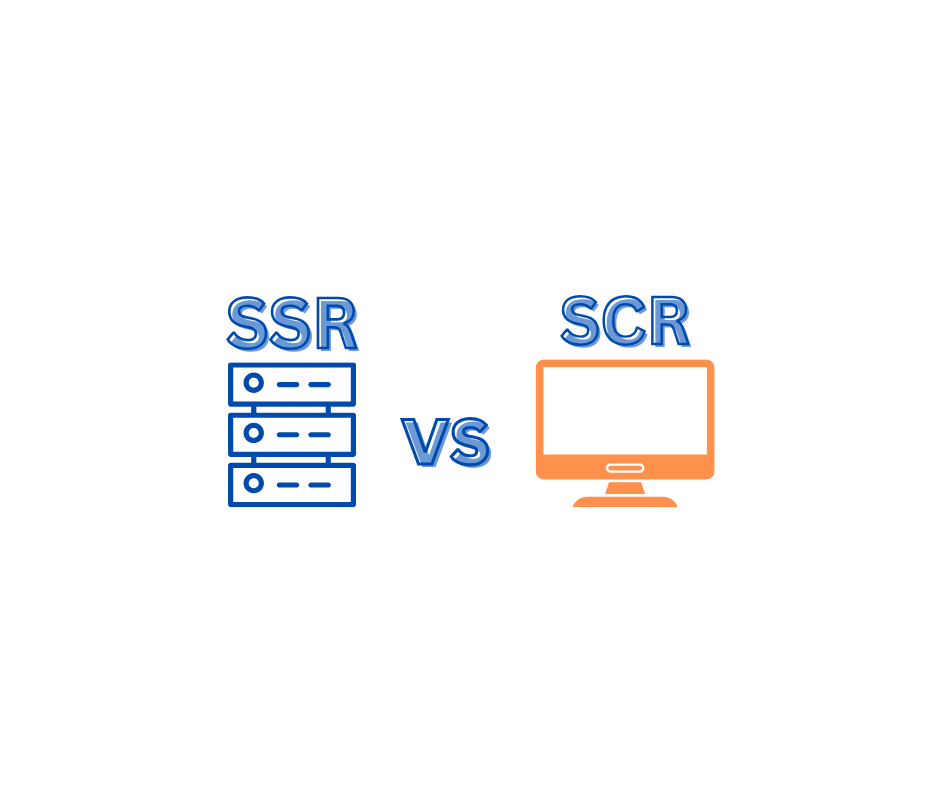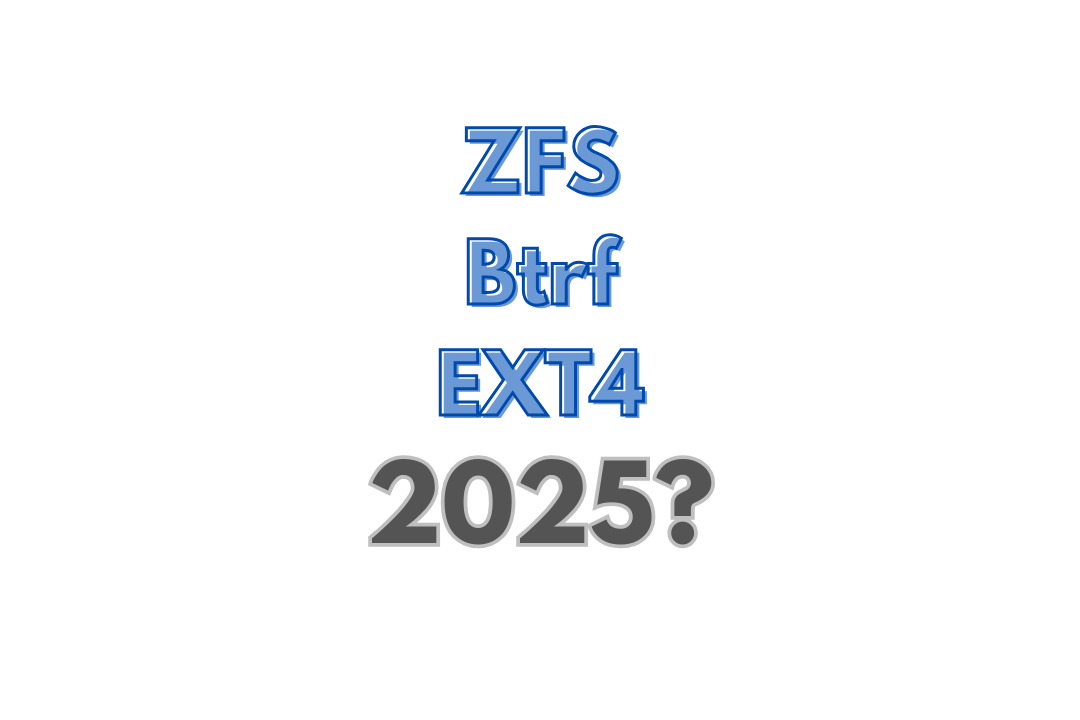Hey there, tech fan! 👋
What’s the Deal with Server-Side Rendering (SSR)?
Alright, here’s the lowdown: SSR means your server does the heavy lifting. When someone visits your site, the server sends them a fully-formed, ready-to-go HTML page.
Why SSR is Still Cool in 2025 ?
- Fast Initial Loads: Your users see the content right away. No waiting around for JavaScript to do its thing. Perfect for folks on slow connections (looking at you, spotty coffee shop Wi-Fi).
- SEO Heaven: If you’re building something like a blog, news site, or an online store, SSR makes sure Google can actually see your content. More visibility = more traffic = more mony.
- Universal Access: Got users with older browsers or limited JS support? SSR’s got their back.
What’s the Catch?
- Your server’s gonna feel the heat. Every request means work, so scalability can be tricky.
- Dynamic stuff (like those fancy widgets you love) needs extra JavaScript to stay interactive.
What About Client-Side Rendering (CSR)?
Now, CSR flips the script. The server hands your browser some basic HTML and JavaScript, and the browser takes over, building the page right in front of the user’s eyes.
Why CSR is the Life of the Party
- Smooth & Interactive: CSR shines when you’ve got a lot of dynamic, clicky stuff going on—think admin dashboards or real-time chat apps.
- Server-Friendly: Your server can chill while the browser does most of the work. Good for apps with tons of users.
- App-Like Vibes: Fast transitions, no page reloads—it feels like a native app.
The Downsides?
- That initial load can feel sloooow. Users on weaker connections might see a blank page before everything kicks in.
- Search engines aren’t always thrilled with JavaScript-heavy sites, so you’ll need extra tools to keep them happy.
Why Not Both? (Hint: You Totally Can)
Here’s the good news: in 2025, you don’t have to pick a side. Hybrid solutions are where it’s at, thanks to frameworks like Next.js, Blazor, and SvelteKit. Let me drop some buzzwords for you:
Static Site Generation (SSG)
Your pages are pre-built and served super-fast. Great for stuff that doesn’t change every five seconds, like portfolio sites or blogs.
Incremental Static Regeneration (ISR)
Imagine getting all the benefits of static pages, but with the ability to update them dynamically as needed. This one’s perfect for online stores or any site with frequently updated content.
Partial Hydration
Only load JavaScript for the interactive parts of the page. The rest stays snappy and server-rendered. Modern magic, am I right?
So… How Do You Choose?
Here’s the cheat sheet:
Go SSR if you need: Lightning-fast initial page loads.
Top-notch SEO for your content.
A global audience with mixed tech setups.
Go CSR if you need:
A super interactive, app-like feel.
Real-time data updates (think dashboards).
To scale for lots of users without overloading your servers.
Go Hybrid if you want the best of both worlds. Seriously, it’s 2025—why compromise?
Real-Life Examples
Here’s how I’d play it:
SSR for Blogs and News Sites: Imagine dropping a new blog post about the best coffee spots in California. You want that to load fast and rank high on Google. SSR’s your bestie here.
CSR for Dashboards: Building a project management app for your startup? CSR’s smooth interactivity is exactly what you need. Hybrid for E-Commerce: Got a shop selling handcrafted surfboards? Use SSR for product pages (SEO gold!) and CSR for that interactive shopping cart.
Wrap-Up: SSR vs. CSR—Who Wins?
The real winner? Your users. Picking the right approach depends on what you’re building and who you’re building it for. The cool thing is, frameworks in 2025 make it easier than ever to mix and match.
Still on the fence? Hit me up in the comments, or check out tools like Next.js, Blazor, or Astro—they’re game changers.
Alright, that’s it for today! Now go out there and build something amazing. And hey, if you’re in California, let’s grab a coffee and talk tech. ☕


